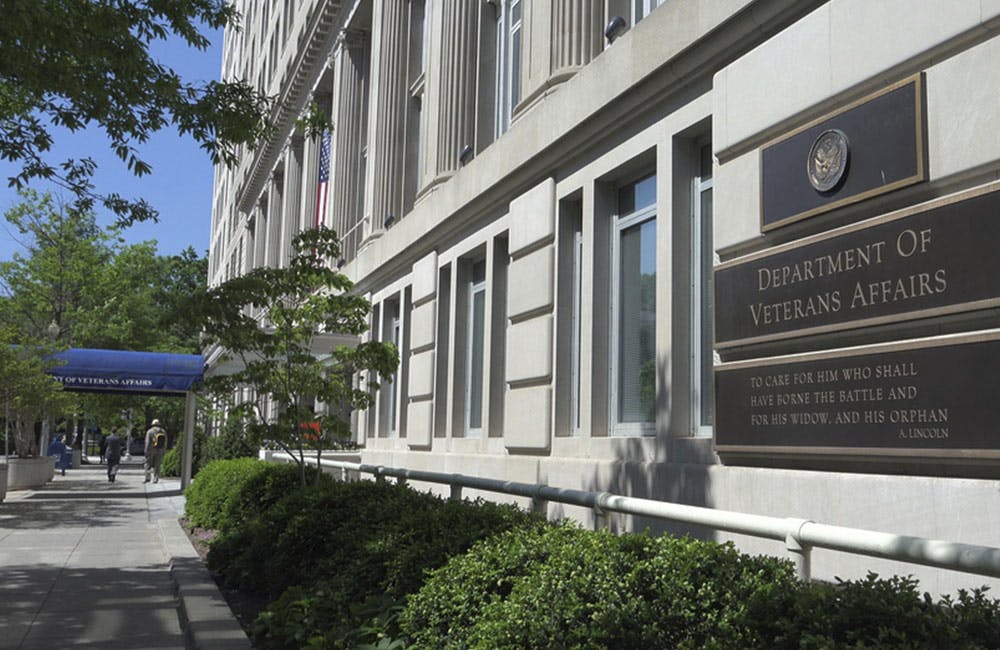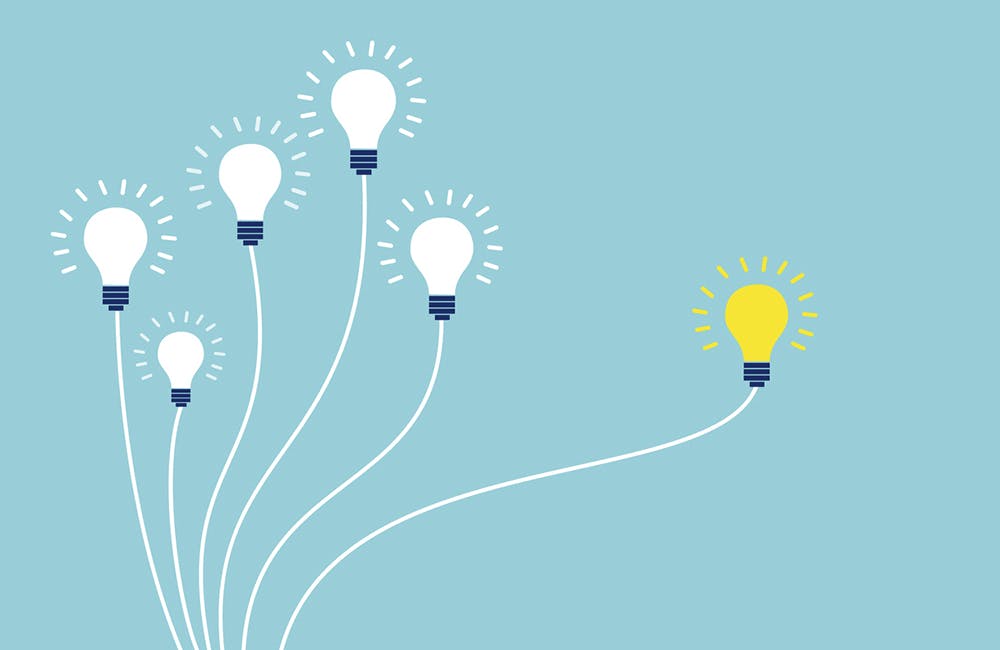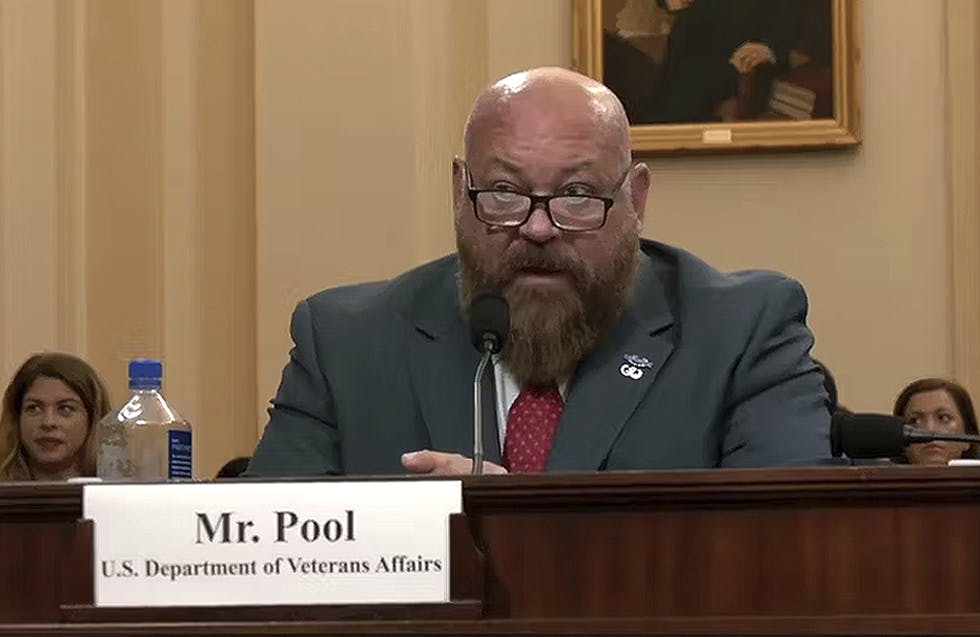The rapid rise of telework propelled new tools and technologies throughout the federal workforce. In the new hybrid work environment, agencies are working to balance opportunities for increased efficiency alongside burnout resiliency.
The rise of cloud-based systems introduced a more flexible environment for completing critical tasks. The Bureau of Industry and Security’s CIO Nagesh Rao explained that, as a new parent, teleworking tools proved integral during his intermittent paternity leave.
“I did an experiment back in November because I was on leave,” Rao said at ATARC’s Jan. 25 virtual event. “I left my work laptop at home and I only took my mobile device with me. I was able to do everything I needed to do off of the mobile device pretty succinctly. … I was able to rock my baby boy to sleep and then sign a document on my iPhone and ship it off to colleagues and they’re just like, ‘Wait, did this just happen? Aren’t you with your son?’ And I go, ‘Yeah. And here’s the selfie with me and my son, so, proof that as I signed the document, I was rocking my son to sleep.’”
The hybrid work environment is opening the door for people to take their schedules into their own hands.
“It comes down to just ensuring that the trust factor is there,” Rao said. “I’ve got some night owls on my team who are more effective at night than they are during the day. I’m totally fine with that as long as the work is done. … I’d prefer to work in a situation where folks are self-empowered and responsible.”
Work environment modernization is also allowing agencies to build more efficient workflows, said the Federal Communication Commission’s CIO Shaun Costello.
“I feel like we’re all part of this large social experiment, right?” Costello said. “This pandemic social experiment, so to speak, in terms of how work and life mesh together and what technology brings to bear — to not only meet the tech or the business needs of an organization or agency but to actually exceed pre-pandemic capabilities.”
For Costello, this new flexibility means it’s more important than ever to integrate a healthy work-life balance culture to build workforce resiliency.
“I think there’s a lot of great opportunity, not only to improve our capabilities in terms of productivity, but also balance it out with an appropriate work-life balance,” Costello said. “Especially for high performing cultures, an organization where folks are naturally wired to ‘always be on.’ That always-on factor has, in my mind, grown exponentially.”
A key factor in building workforce resiliency in a hybrid environment is creating a strong community culture, which is why Costello is looking forward to working with colleagues in person.
“Going in has an element of camaraderie, esprit de corps, that I don’t know if you can fully attain working remotely,” Costello said.
Department of Energy CIO Ann Dunkin encouraged by the return of in-office collaboration.
“What I believe is if you’re going to come in the office, in our new world, you’re coming into the office to talk to people,” Dunkin said. “You are not coming into your office to sit at your desk and work. You can do that at home. You’re coming into the office to meet with people, to talk to people, to have those serendipitous meetings you have in the hallway. … We can be incredibly productive at home, or wherever we might be. We can never get past the value of seeing each other in person.”
The Bureau of Industry & Security also depends upon in-person meetings, not just to build rapport, but also for security purposes.
“I think a critical thing I have to remind my staff too is that as much as I’m a huge fan of telework, and the ability to be more flexible with that telework, our mission is in the national security and IC realm,” Rao said. “So not everyone can have a full 100% telework capability. … There are just certain conversations you cannot have over a Zoom or ForGovCall or Teams or whatnot. You’ve got to do it in person, no electronics, that kind of thing. It’s not one size fits all. Every agency’s mission is a little bit different.”
For Costello, it all comes down to balancing the new opportunities that technology provides with the critical human element.
“I think it’s important that we do maintain this interaction — not just in video and digitized interactions, not just in the sense of work meetings — but also reaching out to see how your team’s doing,” Costello said. “Make sure you have that open-door policy. Meet people where they are. Demonstrate a level of empathy and recognition for the fact that we’re all going through this together. There’s a lot that technology can do to improve all that — but we also know what happens with too much of anything, and we have to be careful of that.”

















